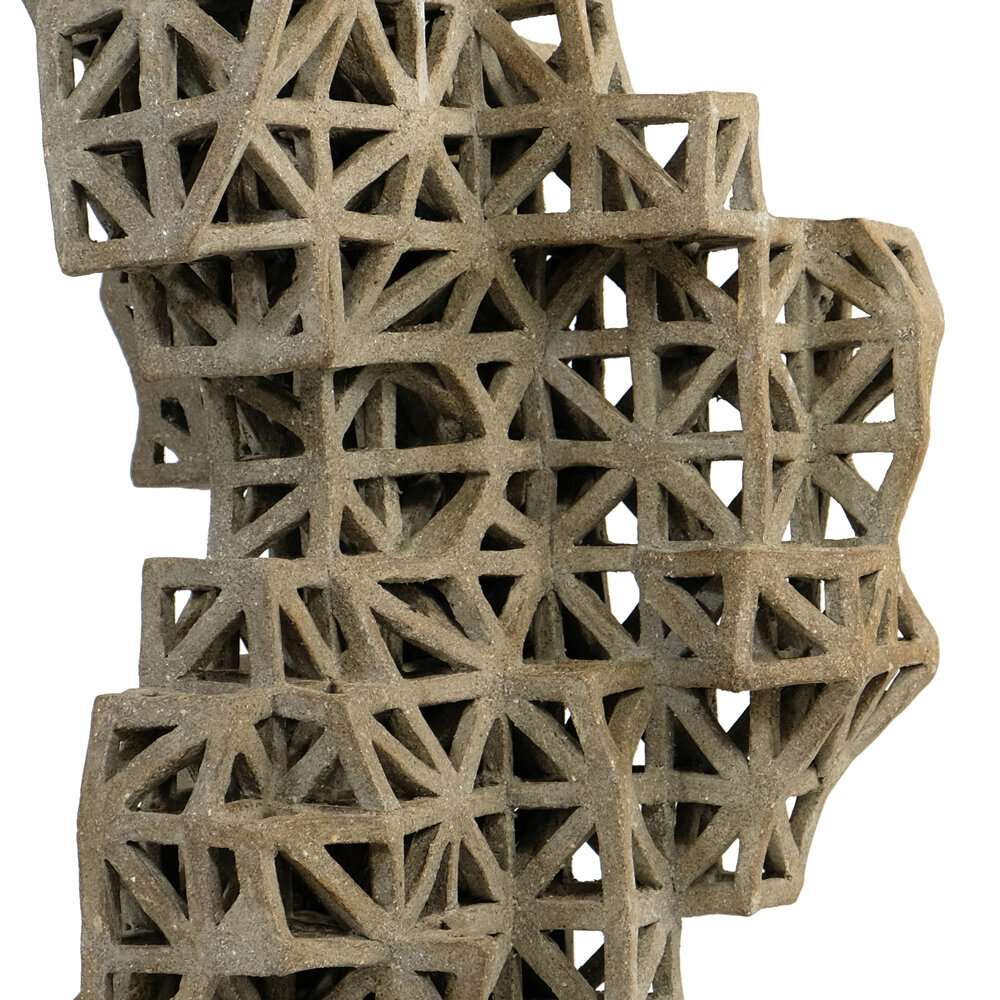Project Holocene - Paul March
Project Holocene is an attempt to kinaesthetically explore prehistoric Jōmon Flame pots by making a series of contemporary sculptures: Holocene Pottery. But the project did not start with that intention in mind, and Paul March maintains that it was not he who decided the investigatory parameters. He claims that the intention arose out of a confluence of certain events, activities, gestures, and social encounters. This opportunistic, open-ended, indeterminate approach to investigation is familiar to the world of art. It is based upon an assumption that a system of activity, of which the artist is one element, will create its own goals intrinsically. However, when this approach is applied to archaeology it can appear haphazard and spurious. In his paper Project Holocene: The Clayful Phenomenology of Jōmon Flame Pots, Paul suggests that this latter perspective is itself based on the assumption that intention should be extrinsic to the domain of investigation: a view that therefore prescribes intention as a uniquely human attribute and implies that learning is predicated upon the goal-setting activity of individuals.
Paul argues that arranging thoughts in an orderly manner is not the only way to create knowledge. Serious archaeological research can also take place by engaging physically with clay. He is referring to the sort of material engagement that the archaeologist, Lambros Malafouris (2014) calls “creative thinging”. By claiming that knowledge relevant to archaeology can be made using similar gestures to those that brought the Holocene pottery into existence (see these gestures in the Making of Holocene 6), Paul is not saying that contemporary art-making can tell us much about how Flame pots were made, nor what it felt like to make them or cook fish soup in them. Flame pots are gestural traces of 5000-year-old activity, but this does not mean that there are Jōmon memories hiding inside them waiting to be released if only we could come up with the correct interpretation or even the correct chaine-opératoire. As the Project Holocene developed it became clear that its intention (remember the claim that Paul was a just element in a systemic intentional state) was to help the pots escape from the past and to become part of a present experience that had a definite but indefinable link with prehistoric, morphological changes. The point of Paul’s sculptural activity was to feel that link and respond to it in a way that accepted its enigmatic quality. The point of writing the academic paper about it was to try and communicate the specific ways in which the dynamic quality of flame pots became manifest during the process.
Taken together, Holocene pottery and the Project Holocene do two things: first, they introduce us to a realm of knowledge-making that is non-linguistic; second, they show us that if we are prepared to resist translating too much materially enacted meaning into words, then we get to learn something that is otherwise effaced by language. These two things were made possible here by the intrinsic rule-making behaviour of an extended intentional state which Paul dubbed “clayful phenomenology”.
References:
Malafouris, L. 2014. Creative thinging: the feeling of and for clay. Pragmatics and Cognition 22(1): 140-58.
March, P.L. 2021. Project Holocene: The clayful phenomenology of Jōmon flame pots. Cambridge Archaeological Journal 31(1): 1-19.
For other work by Paul March featured on artarchaeologies.com, follow these links:
You can see more of Paul March's work here







